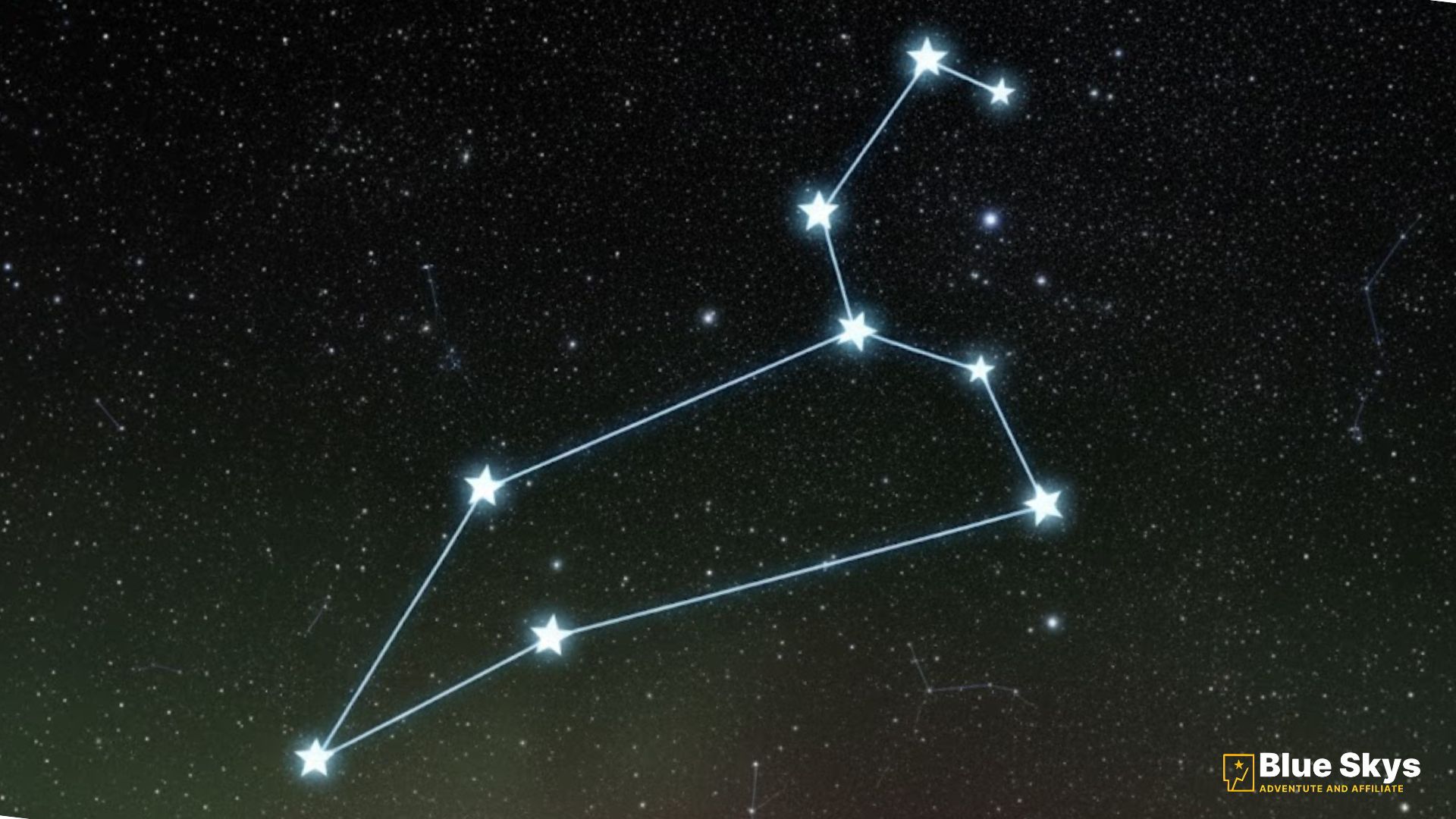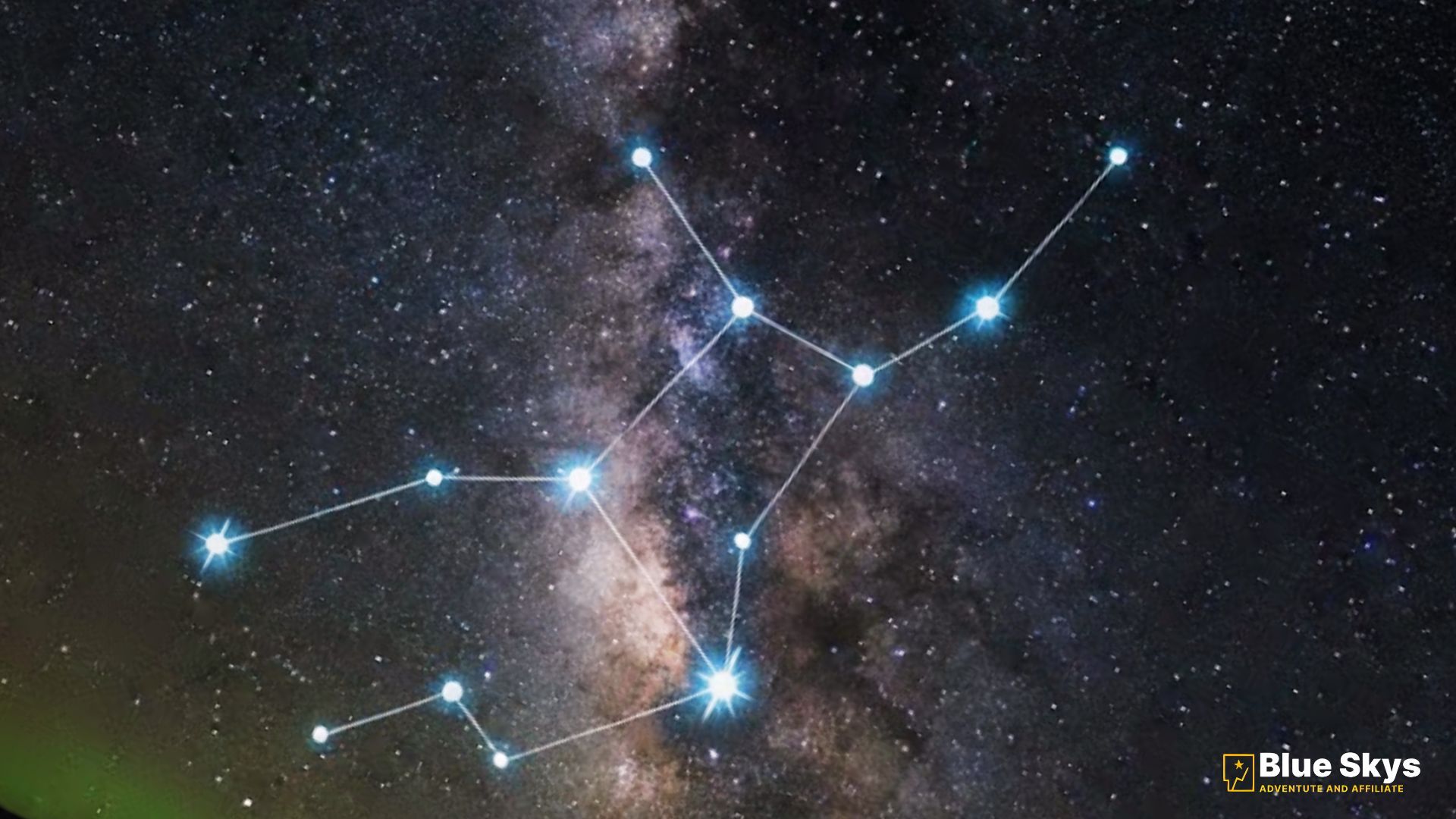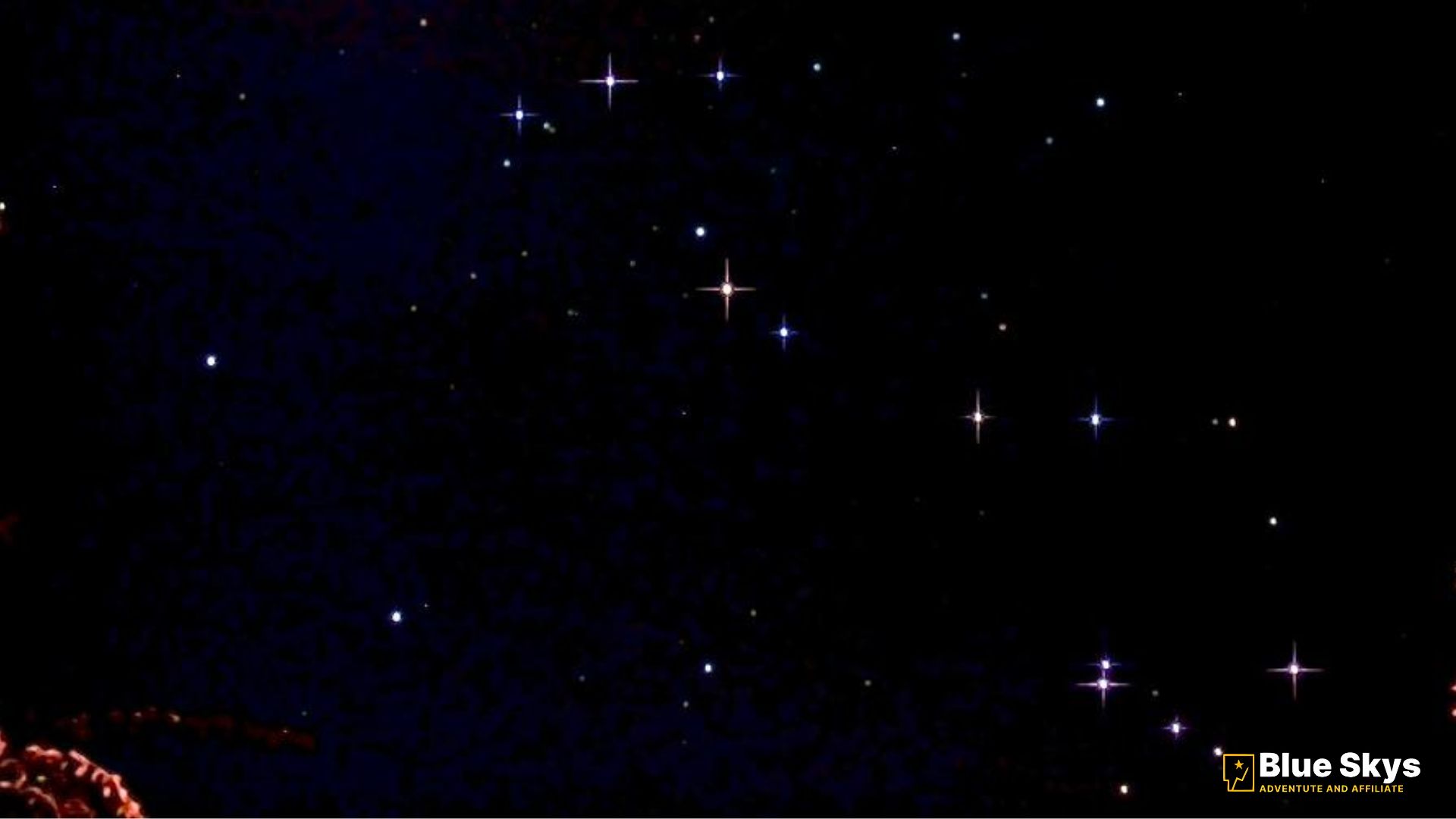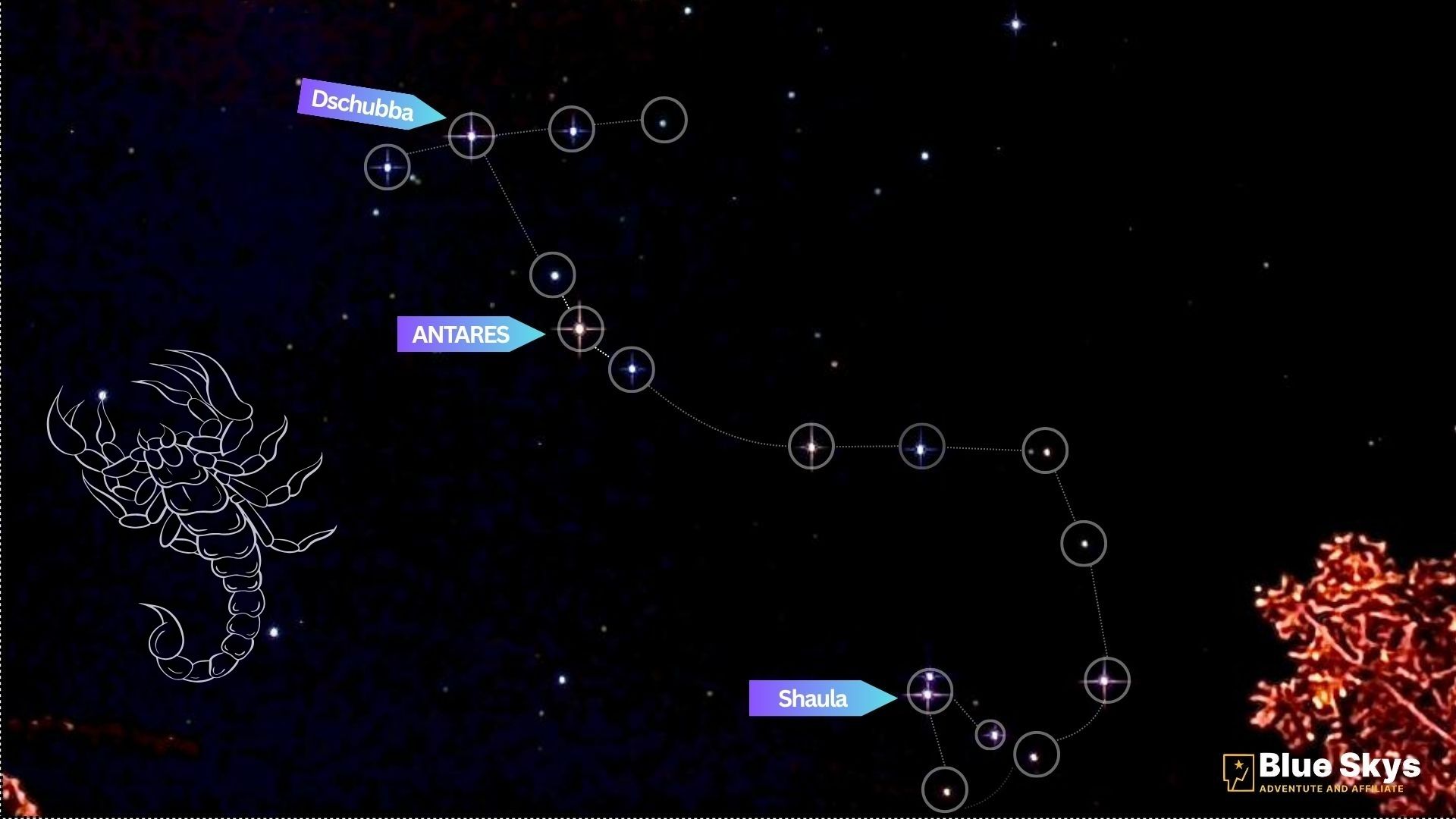Have you ever gazed up at the night sky and wondered about the patterns of stars that seem to tell a story? These patterns, known as constellations, have fascinated humans for thousands of years. From ancient myths to modern astronomy, constellations continue to inspire curiosity, guide explorers, and spark the imagination of stargazers worldwide.
In this article, we’ll explore the mythology behind constellations, what science says about them, and even provide a practical guide to spotting famous constellations in European countries like the US, UK, Canada, and Australia.
What Are Constellations?
Constellations are patterns of stars that humans connect with imaginary lines, forming shapes like hunters, animals, or mythological figures. The International Astronomical Union (IAU) officially recognizes 88 constellations, covering the entire celestial sphere.
Constellations in Ancient Mythology

Greek and Roman Myths
The Greeks named many constellations after gods, heroes, and creatures. Orion, the hunter, is one of the most famous, while Andromeda and Perseus remind us of legendary battles.
The Romans later adopted and spread these star stories across their empire.
Egyptian and Babylonian Influence

Ancient Egyptians linked constellations with gods like Osiris and used them for agricultural calendars. The Babylonians also mapped the stars to track time and create zodiac signs.
Indigenous and Cultural Star Lore
- Native Americans saw constellations as animal spirits.
- Aboriginal Australians created the “Emu in the Sky” from dark patches of the Milky Way.
- Chinese astronomy divided the sky into 283 star groups, forming the foundation of modern star catalogs.
Constellations and Navigation

For centuries, sailors and travelers relied on constellations to navigate. The North Star (Polaris), part of Ursa Minor, pointed explorers north, while the Southern Cross (Crux) helped Southern Hemisphere navigators.
Modern Science of Constellations
While ancient people saw stories in the stars, astronomers view constellations as arbitrary groupings. Stars within a constellation are often light-years apart and unrelated, but from Earth’s perspective, they appear connected.
Today, constellations serve as sky maps, helping astronomers and stargazers locate planets, galaxies, and celestial events.
Constellations Visible Europe
United States & Canada
- Orion the Hunter – Best seen in winter evenings.
- Ursa Major (Big Dipper) – Iconic and used for navigation.
- Cassiopeia – Recognizable “W” shape.
United Kingdom
- Cygnus the Swan – Visible during summer.
- Pegasus – Famous for the “Great Square” asterism.
- Lyra – Home to Vega, one of the brightest stars.
Australia
- Southern Cross (Crux) – National symbol, visible year-round.
- Centaurus – Contains Alpha Centauri, our closest star system.
- Carina – Features Canopus, the second-brightest star in the night sky.
Constellations Across the Seasons
- Winter → Orion, Taurus, Gemini.
- Spring → Leo, Virgo.
- Summer → Scorpius, Lyra, Cygnus.
- Autumn → Pegasus, Andromeda.
Seasonal stargazing ensures you never run out of constellations to explore.
Step-by-Step: How to Spot Orion
- Pick the right season – Best seen in December–January in the Northern Hemisphere.
- Find Orion’s Belt – Look for three bright stars in a straight line (Alnitak, Alnilam, Mintaka).
- Locate shoulders and feet – Betelgeuse (red giant) and Bellatrix (blue star) form shoulders; Rigel and Saiph form Orion’s legs.
- Confirm with a stargazing app – Apps like SkySafari or Stellarium help confirm positions.
Constellations and Technology

Modern tools like planetarium software, AR stargazing apps, and telescopes with GPS make learning constellations easier. Voice search queries like “Hey Siri, what constellation is Orion in?” are now common among beginners.
Why Constellations Still Matter
Even though science shows stars in constellations are unrelated, the cultural, navigational, and educational value of constellations remains strong. They bridge the gap between ancient storytelling and modern astrophysics.
Conclusion
The story of constellations is a blend of mythology, navigation, and modern science. Whether you’re looking at Orion from New York, Cygnus from London, or the Southern Cross from Sydney, constellations remind us of our shared human curiosity about the universe.
So, the next time you look up at the night sky, remember—you’re not just stargazing. You’re connecting with thousands of years of human history.





